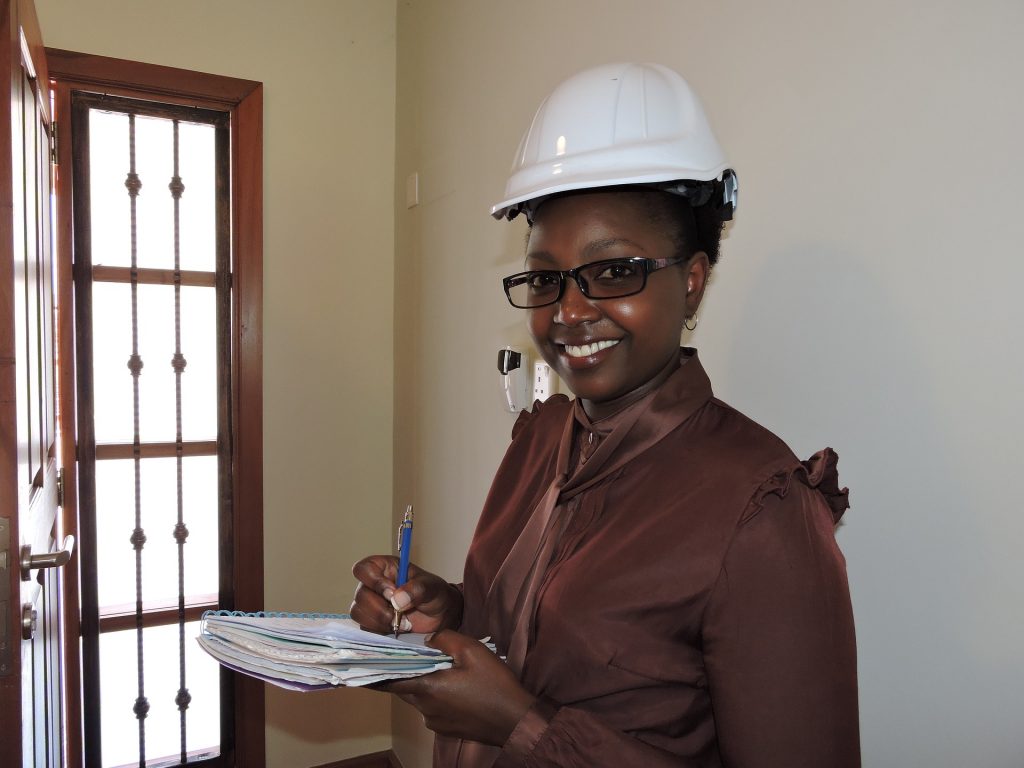While general engineering principles are the same all over the world, there are distinct ways in which local conditions can affect how things ought to be built. Perhaps one of the most well known local engineering standards is found in California, where the high probability of earthquakes means that structures need to be engineered to a more stringent requirement than one might require in a geologically-stable area. There are places where high winds or raging wildfires call for specialized design criteria.
The underlying soils on which a structure is erected might call for changes in design factors. Local material availability can also lead to alterations in how something needs to be built. In terms of engineering of nonstructural equipment, the same principles of understanding local conditions also applies. No matter what is being built, it is the job of a professional engineer to make sure that it can stand up to its designed load plus an extra safety factor to allow for freak conditions that exceed normal stresses.
Yet worldwide standards are general guides subject to modification as needed. A proper structural engineering assessment needs to take both of these factors into account. This in turn leads to the establishment of local professional organizations which are most conversant with these local conditions and know what needs to be done to manage them. Such is the case with being certified as an RPEQ, or Registered Professional Engineer of Queensland.
When something is built to a certified RPEQ design, the owner or operator can rest assured that it will perform properly throughout its anticipated service life. The structure has been fully vetted for all applicable stresses under both international and local codes. Carrying an RPEQ stamp of approval means that anything which is built to the designated standards and using approved materials and construction techniques is, in a word, safe.
In terms of civil liability, something that is designed to the same criteria but not carrying an RPEQ certification opens up the owner to an unwelcome degree of liability. The whole point of using an RPEQ is to ensure that things are built safely and to proper standards. Where human lives are at stake, risks and shortcuts are not permissible. So make sure that you obtain the services of a Registered Professional Engineer before you break ground on any project. If it is worth doing, it is worth doing right and that’s why you need an RPEQ on the project.








